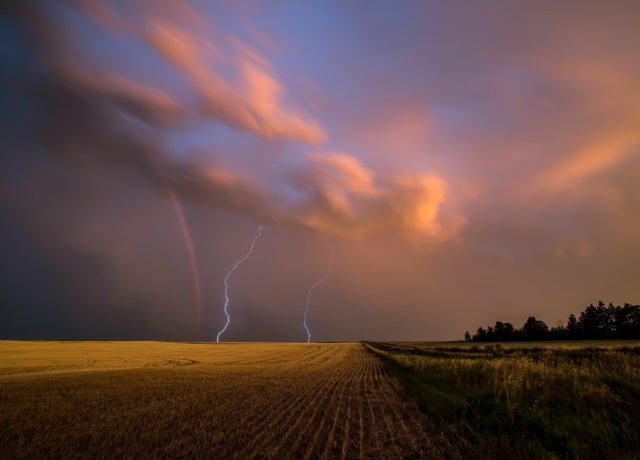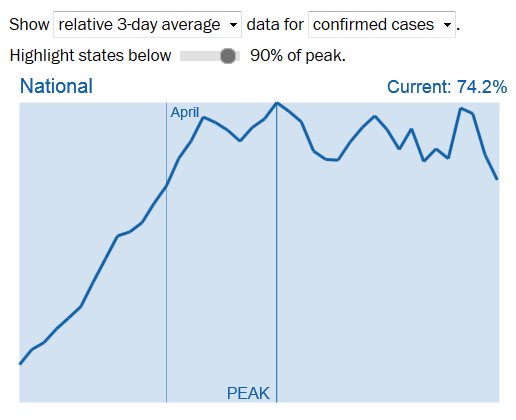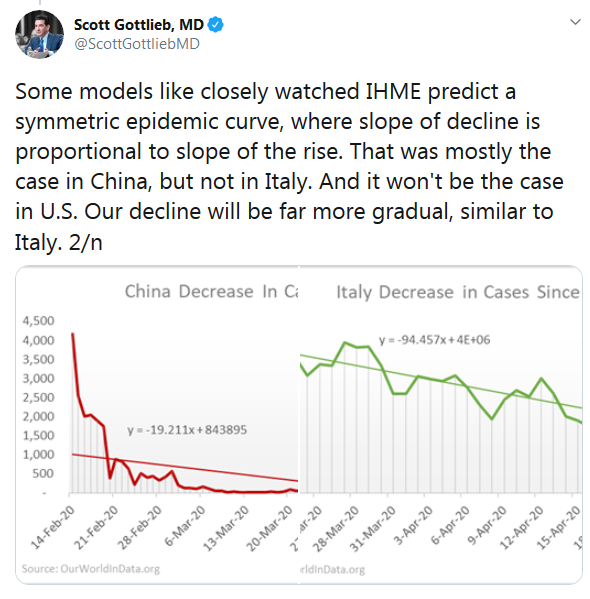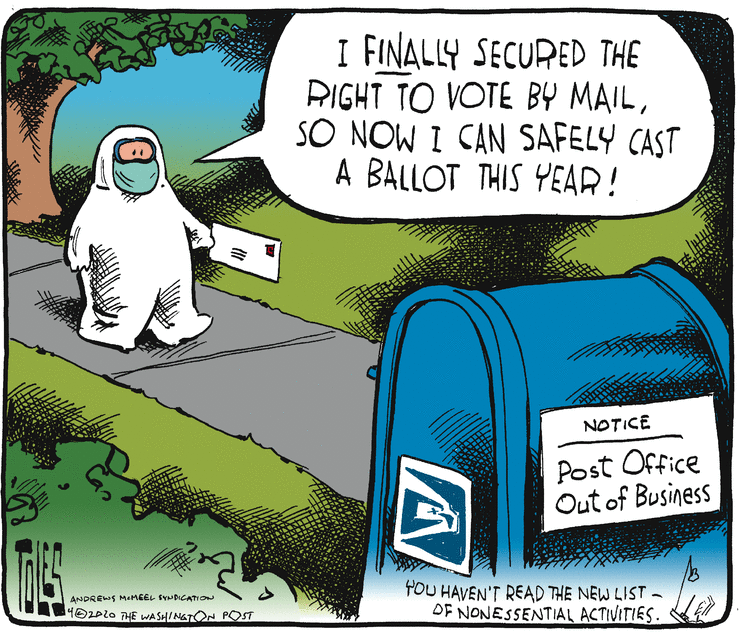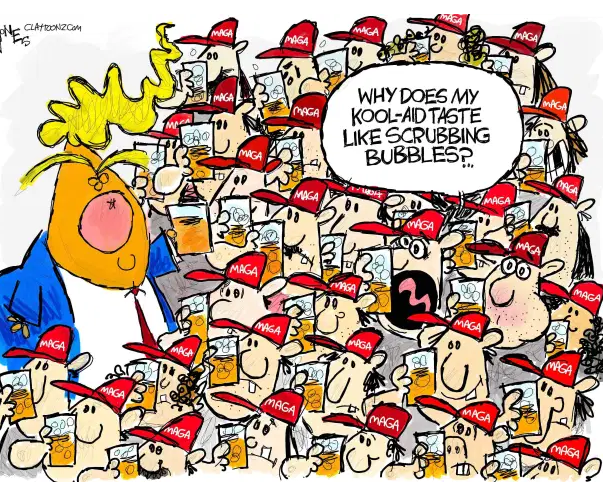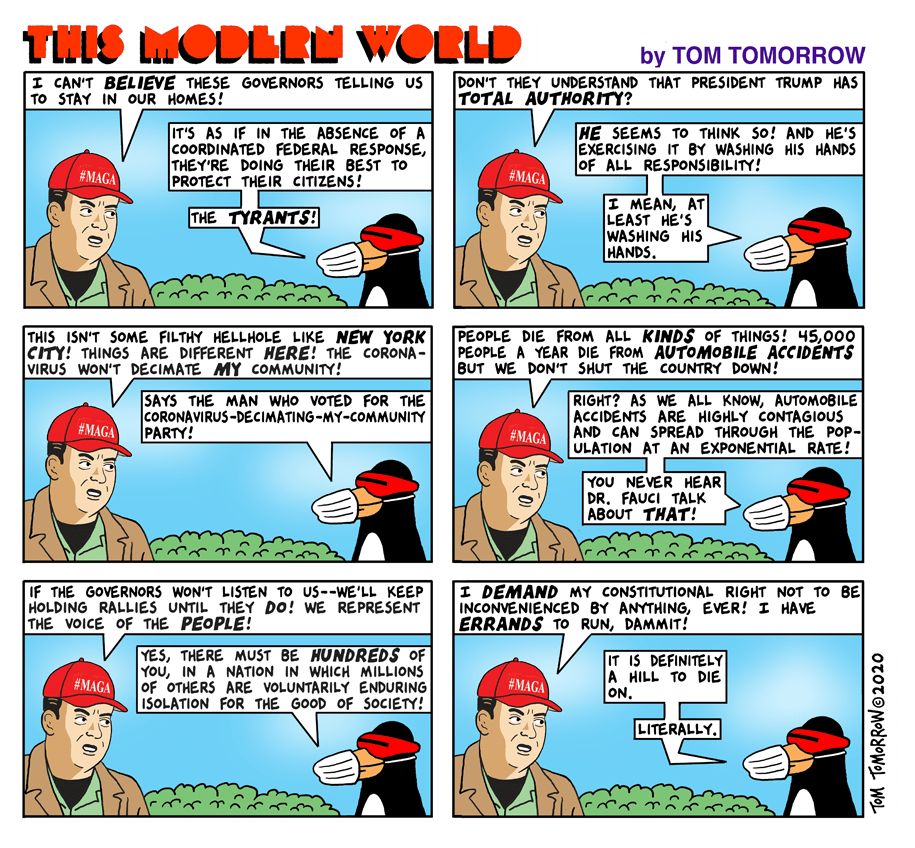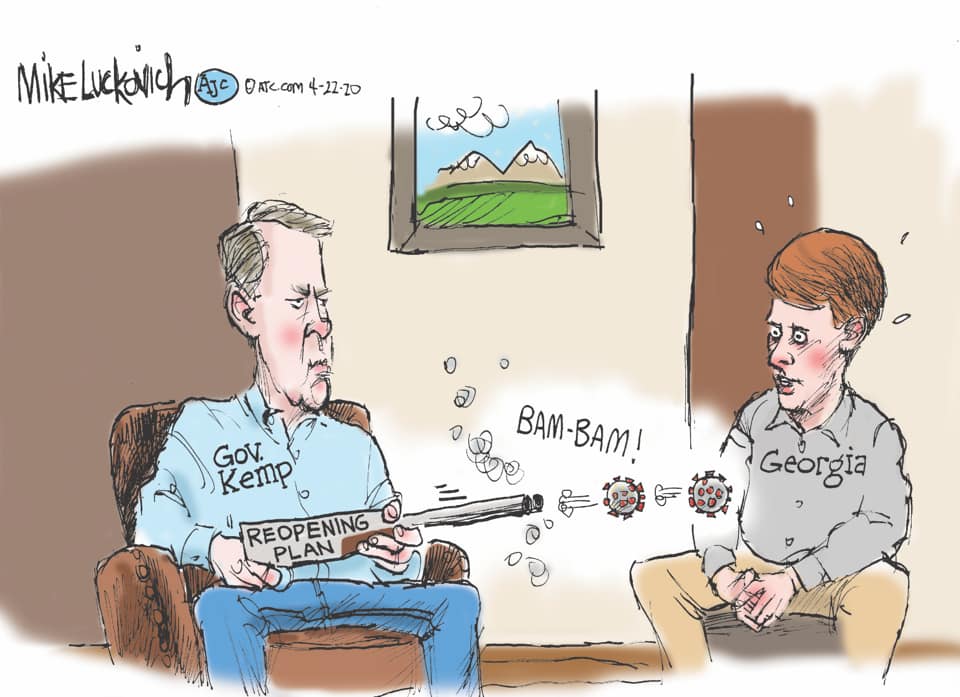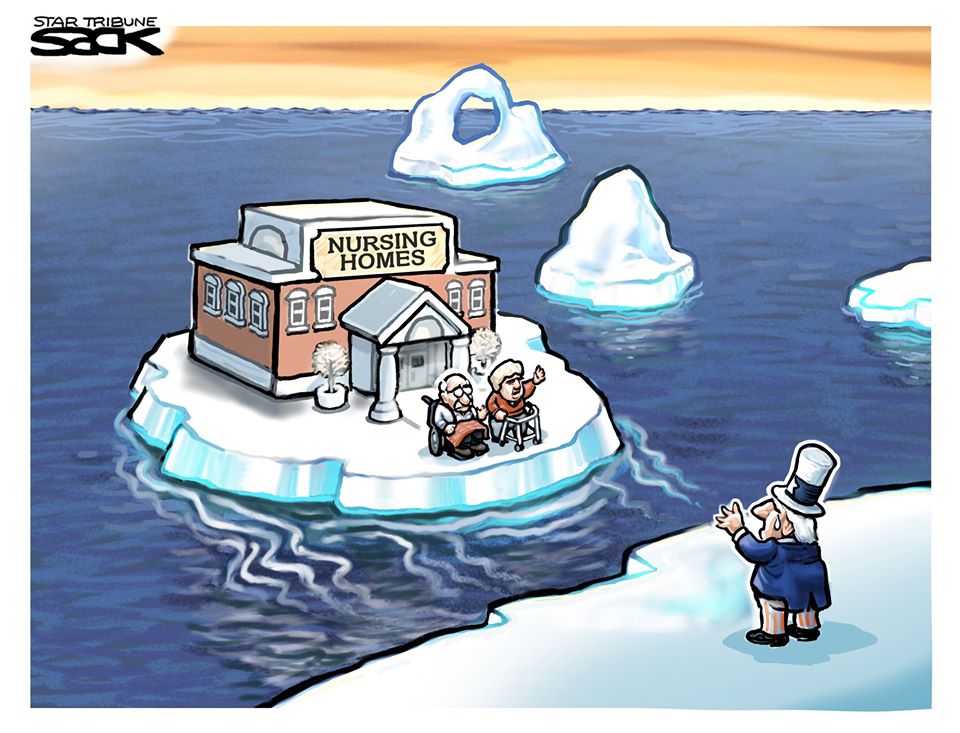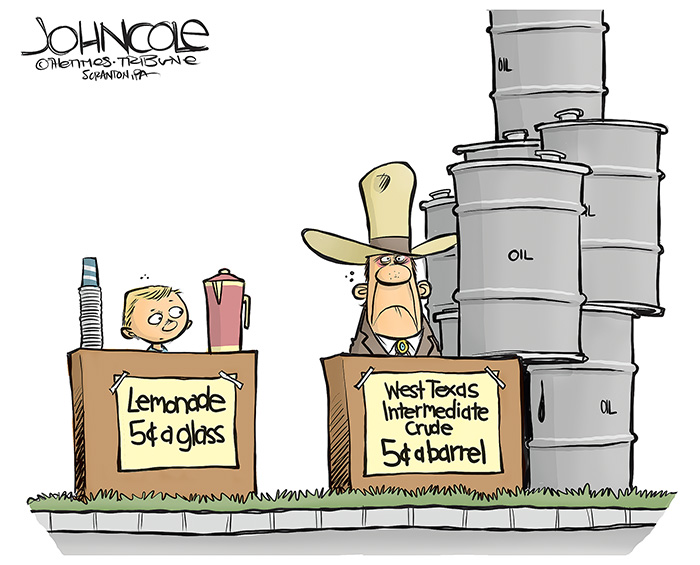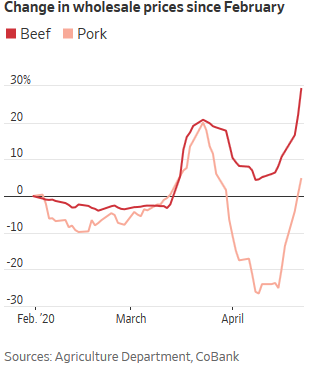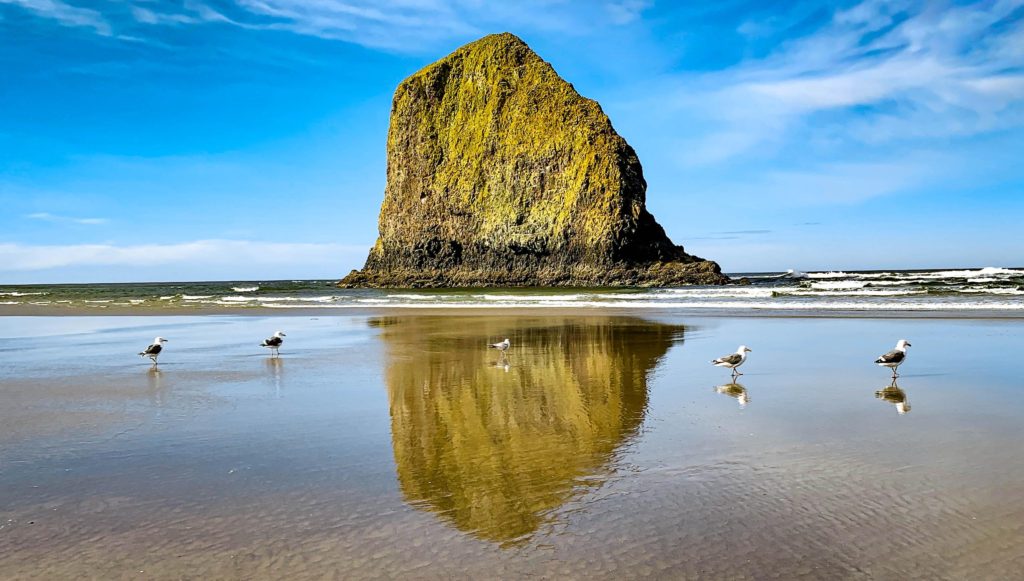The Daily Escape:

Tim Hunter, BSN, in Brooklyn, NY – April 2020 photo by Tim Hunter
Tim Hunter, an acquaintance from the world of show dogs, is a nurse living in Buffalo, NY. In early April, he accepted a traveling nurse assignment at Kingsbrook Jewish Memorial’s ICU in Brooklyn, NY to help out on the front lines of the COVID-19 fight. Tim posts on his experiences, and he graciously agreed to share this dispatch from earlier this week:
“Wednesday May 6th starts Nurse’s Week 2020
The last time we worked, we were informed that we will, moving forward, only be getting our body suits and can no longer get a disposable gown to put over the suit. Big freaking deal right? Wrong. What does this mean? This means we will enter rooms “protected” but after leaving a room we will be tracking COVID all over the unit. Nurses are buying spray alcohol to try and kill whatever lands on the suit so we don’t risk getting each other sick. Or do you take off the suit in between care? Absolutely not. What if you need to intervene right away? There’s no time to get it on.
People who have no relevant education or experience are protesting having to sit at home, while we watch people who have been intubated for weeks struggle, while we’re standing in patient’s rooms and intervening we’re looking at posters of patient’s family, of these people who are dancing at their daughter’s wedding and giving their grandson a piggy back ride. People that were once fine and people that should be able to still be doing those things.
We drive to work in dead silence because we have no idea what we’re in for. Maybe it will be a super typical hospital shift, or maybe it will be the worst night you’ve ever worked.
We’re watching people get tracheostomies after weeks of intubation in hopes that MAYBE someday they’ll be okay enough to have their life back. We’re drying patient’s tears when they wake up from their sedation and they’re terrified!
We’re watching people who we were once hopeful would maybe get off of the vent sustain lung injuries from not being able to handle the pressures of mechanical ventilation any longer.
We listen to family members cry because they don’t know if they will ever see their loved one again, and they mourn that they’re going through this alone.We see patients grabbing our hands begging us not to leave rooms because they’re lonely, and scared.
We walk past tractor trailer trucks full of dead bodies on our way in and out of work every night. Because there is no way to manage, no morgue can keep up with the amount of people dying. Even now with the “down swing”.
And the end of a shift we feel like our head is in a vice grip, and literally crave a breath of actual fresh air after rebreathing CO2 all night.
We wake up in the middle of the night with a panic because of a headache or any symptom and literally fret over that one time we did compressions or were a part of an intubation, because of how high risk those events are.
You know what nurses want for nurses week?
To know they’re safe, to know that in AMERICA that we can be afforded a shitty disposable gown to help protect ourselves from sitting in a virus. To not become so neurotic that our hands are completely raw from washing them so much. We want you to have enough respect for human life to not make stupid decisions. We want you to pay attention to science and not stupid conspiracy theories.We don’t want to be called heroes, we don’t want shitty pizza, or signs. We want to be safe, well-staffed, and to not feel like every day we’re risking our own well-being.
Returning to the bedside has been the most amazing thing I’ve ever done, but after this I will go back to my job with an insurance company. While people that actually deserve your accolades keep fighting this.
So think this status is for attention, likes, call it fear mongering or whatever. But really it’s just so maybe for a second you’ll take this seriously. I have 33 days left in my contract to keep fighting with these people, and I honestly hope that things are headed back towards normal when I drive home. But with all of the small gatherings that pop up on social media that you’ve convinced yourself are fine, masses of people standing outside of a damn Dairy Queen, and seeing all the people in streets ignoring social distancing measures, it’s honestly unlikely.
Happy Nurses Week though…”
This is the state of American health care in 2020. Tim, thanks for your bravery and insight.

